07th Sep 2022
“We do this tasting about every five years,” said Naoko Dalla Valle. “This is important for us. It’s important to check in on our evolution.”
Naoko Dalla Valle is the owner of one of Napa Valley’s most iconic wineries: Dalla Valle. The tasting she and her daughter/winemaker, Maya, invited me to join in June this year included every vintage made so far of their Cabernet Sauvignon label.
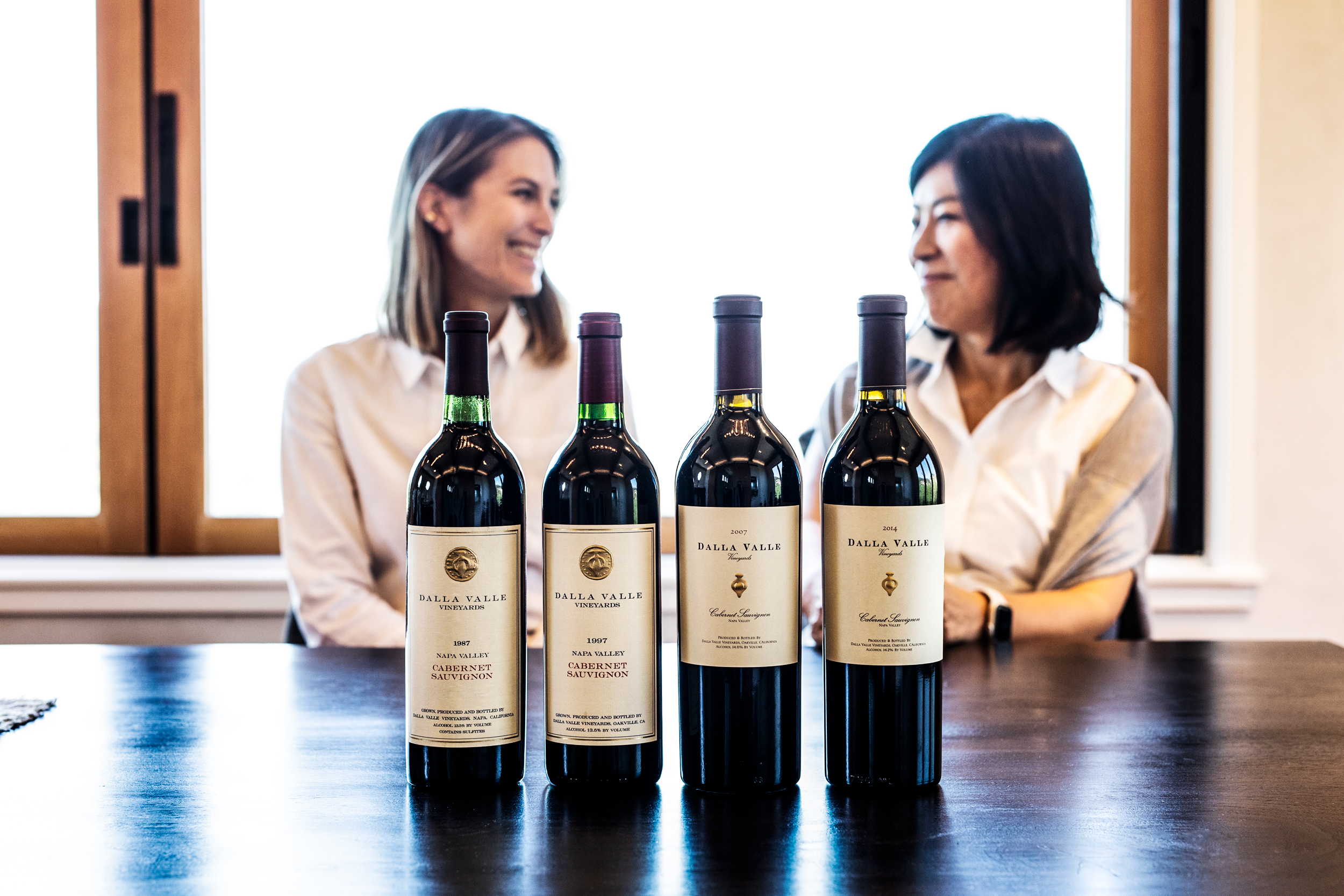
Evolution Revolution
Purchased as a virgin piece of land by Gustav and Naoko Dalla Valle in the early 1980s, Dalla Valle’s vineyard is one of the most enviable sites in Oakville. It’s perched on a geological bench within the Vaca Mountains’ foothills on the valley’s eastern side, at an altitude of 400-500 feet. Pritchard Hill sits above it; Screaming Eagle, Tench, and Rudd vineyards are on the valley floor below. The view from the winery and vineyard is breathtaking.
Like areas of Pritchard Hill, the land here is marked by protruding, often immovable boulders, and the soil is composed of a vibrant orange/red-colored iron-rich bedrock. Thus, although it is technically in the Oakville AVA, if I had to compare the signature style of Dalla Valle with any area of Napa, it is more closely linked to some of the great wines coming from Pritchard Hill—perhaps a hypothetical blend of Continuum and Ovid with a dollop of Bryant Family. And yet, Dalla Valle’s Cabernet Sauvignon and the flagship Maya label are unlike any of these, not just because of the property’s unique position but because of the individual vineyard and winemaking paths forged by Gustav, Naoko, and, most recently, their daughter Maya.
The inaugural vintage of the Dalla Valle Cabernet Sauvignon was 1986. In 1987, the year Maya was born, an adjacent parcel of land was purchased and five acres of this was planted to Cabernet Sauvignon, increasing the total area under vine to 20 acres. This vineyard section was named Maya. From 1988, the Cabernet Sauvignon from this Maya parcel was blended with wine made from an existing block of Cabernet Franc in nearly equal proportions, making for an unorthodox Napa blend at the time. This became the first “Maya” label wine.
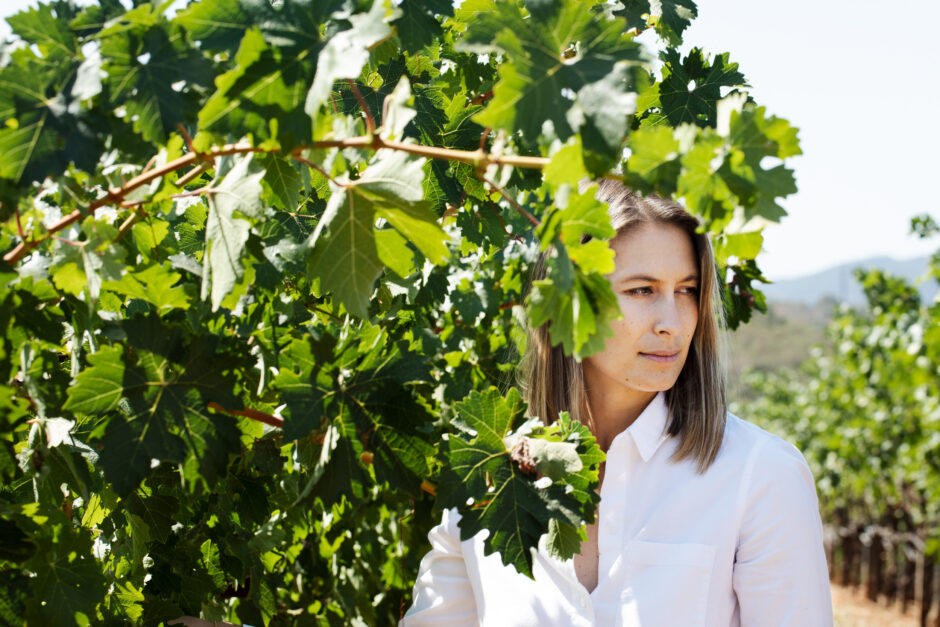
Maya was an instant head-turner. With its staggering quality and evocative expression of place, wine critic Robert Parker gave the 1991 Maya—only the fourth vintage made—99 points. The 1992 was awarded a perfect 100-point score by Parker, rendering Dalla Valle an overnight cult name. Regarding their Cabernet Franc, Parker wrote in 1994, “I am not overstating the case by saying that the finest Cabernet Franc I have tasted in the New World is from Dalla Valle’s vineyard.”
Then in 1995, tragedy struck. Less than ten years after Dalla Valle was launched, Gustav passed away, leaving the estate in the hands of his wife and young daughter. Instead of selling the winery and returning to her home country of Japan, Naoko was committed to continuing the project she and her husband had started. Since then, the wines of Dalla Valle have evolved gracefully into singular expressions of place, family, and time.
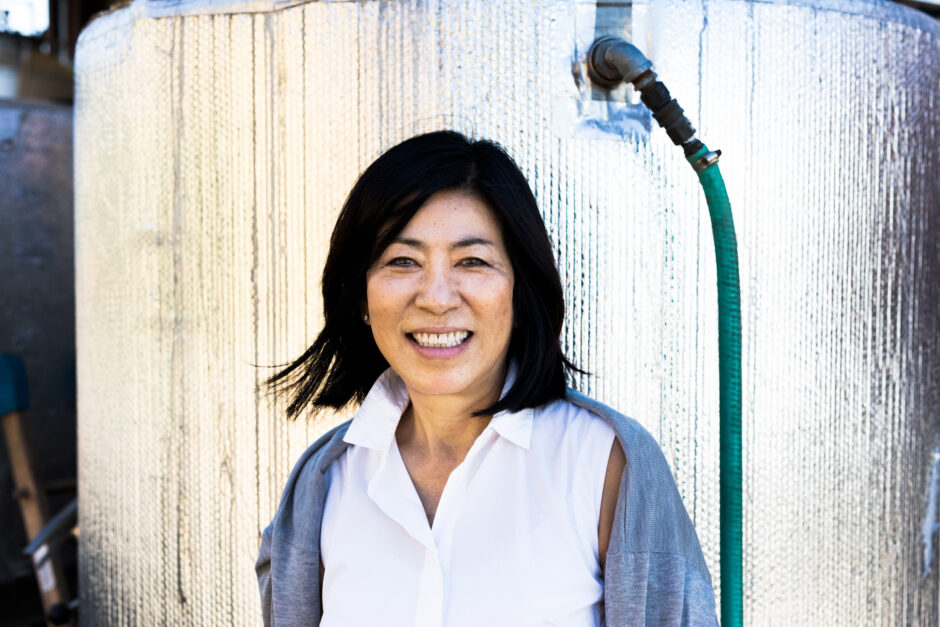
“For this first flight of nine wines, the vines were planted in 1984,” said Naoko. “In fact, some of these wines are first leaf (year) fruit as we continued to plant. Our Cabernet Sauvignon has always included a little Cabernet Franc since the first vintage. Joe Cafaro was our winemaker for the 1986 and 1987 vintages. Then Heidi Barrett came on board in 1988 and stayed until 1995.”
Most of the Cabernet Sauvignons made from 1986 through 1994 are holding up remarkably well, except for the 1987, which was looking a little tired and past its peak. Still delivering plenty of vivacious fruit with forthright, grainy tannins, the other vintages revealed a lot of brightness. Green harvesting was first introduced with the 1990 vintage, which, sure enough, coincides with a notable increase in intensity. With careful cellaring, many of these inaugural bottles should hold steady for another decade before entering a gradual state of decline. I particularly love that even in these early years, an earthy/mineral signature is apparent in the wines, backed up by fragrant spiciness.
"Michel Rolland once told me not to worry; the terroir will show through no matter what the vintage brings. He was right."
“Somehow, we always get a purity of fruit with licorice and graphite,” commented Naoko as we tasted. “Michel Rolland (their consultant of many years) once told me not to worry; the terroir will show through no matter what the vintage brings. He was right.”
From 1996 until 2005, the winemakers are Tony Soter and Mia Klein. In 2006, Philippe Melka briefly became the consultant, and then in 2007, Andy Erikson came on board as winemaker/consultant, as he remains today. 2007 was also the year that Dalla Valle began the conversion to organic viticulture. (The vineyard is now certified organic.) Meanwhile, Maya was earning a master’s degree in viticulture and enology from Cornell University, followed by a Master of Business and Science degree in vineyard and winery management from France’s Bordeaux Sciences Agro, one of the world’s leading viticulture and enology colleges. After her studies, Maya worked harvests at Ornellaia/Masseto, Bodegas Rolland (Argentina), Petrus, and Château Latour. In 2017, Maya returned to Dalla Valle and joined the winery as director. In January 2021, Maya was named the estate’s winemaker.
Maya has been instrumental in the estate’s conversion to organic viticulture and, more recently, biodynamic viticulture. In 2018, she joined forces with her former mentor at Ornellaia, Axel Heinz, to launch a new wine that joins the initials of their wineries in the name: DVO. “There is a common view between us about great wine,” Maya said about the partnership with Axel. “We look out for less obvious sites around Napa Valley. We didn’t want a predictable formula. We wanted to include the coolness of high elevation while still making a wine that speaks of Napa Valley.”
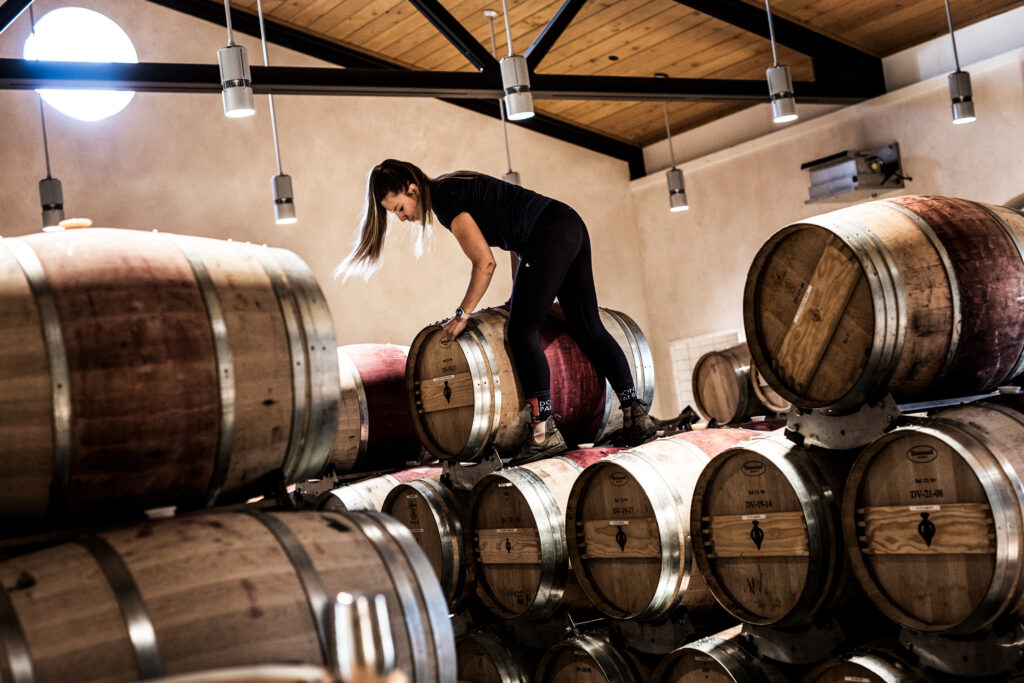
"We didn’t want a predictable formula."
As Maya steps into big winemaking shoes at Dalla Valle, she has already had to make some tough decisions, such as what to do about the 2020 harvest. “We plan on bottling some 2020,” Maya told me. “Our whole team showed up during the 2020 harvest. Initially, we made 2020 to understand smoke taint better. But we made some very good wine.”
I tasted a barrel sample of Dalla Valle’s 2020 Cabernet Sauvignon just before bottling, and it looks impressive. Meanwhile, regarding the drought-impacted 2021 vintage, Maya said, “We were about 20% down on volume in 2021. It was a very compact harvest. We have pretty good water availability allowing deep irrigation in the spring. We also have soil moisture probes and pressure bombs for measurements to be more accurate with our irrigation. You need to put the vines to the test. From early on, you need to force them to survive.”
Finally, it is worth impressing upon readers that the consistency of quality at Dalla Valle over the last decade, in particular, is an incredible achievement and a testament to decades of Naoko and Maya Dalla Valle’s commitment to this special place. Many difficult years of uncertainty and struggle create a sense of tension within the ethereal energy that shimmers so clearly in the achingly beautiful 2018 and 2019 vintages. While the flagship Maya label from this estate often steals the show, I’m perhaps more drawn to this first-born Cabernet Sauvignon label, that in many ways better exemplifies this family’s compelling evolution and quiet revolution.
–
Article & Reviews by Lisa Perrotti-Brown MW
Photos by Svante Örnberg
See more work from Svante at svanteornberg.se by clicking here!

PRODUCERS IN THIS ARTICLE
> Show all wines sorted by scoreMore articles

2021 Bordeaux in Bottle and A Modest Proposal
24th Apr 2024
599 tasting notes

Pilcrow’s New Releases
18th Apr 2024
7 tasting notes
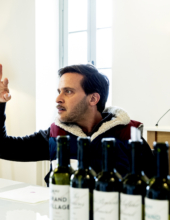
Bordeaux 2023 Primeurs Photo Essay
18th Apr 2024
0 tasting notes
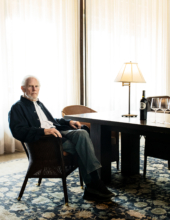
Harlan Estate, BOND, Promontory 2021 and 2011
11th Apr 2024
14 tasting notes
Show all articles